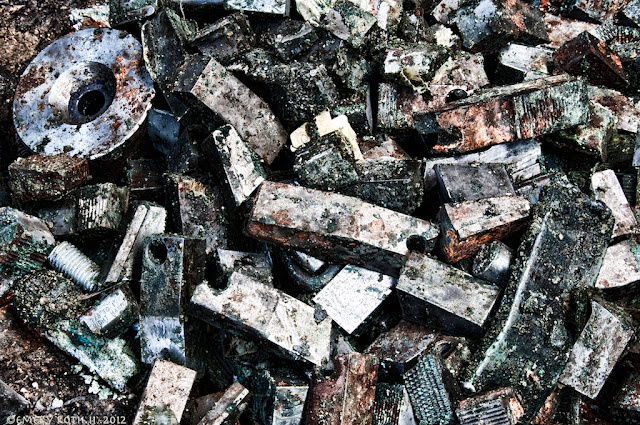PHOTOGRAPHER'S JOURNAL: It was our friend who spotted it there on the branch of the hemlock just outside our bedroom window and called us. Living in the woods we hear them sometimes at night, and occasionally they swoop across the road as we drive up the valley, and it's hard to be sure who is more startled. Even then, daytime sightings are a sign of turmoil and are brief. I've never seen one stopped, waiting. An owl here? ...perched on a branch three feet from where we slept? We were spellbound, whispering. It was more than impossible; it was portentous, worthy of Poe. Then I remembered the pair of cardinals that had been pestering the glass at our bathroom window and nesting there a dozen feet away, easy prey.
Regardless of any deeper meaning, this was a two-gallon owl and a clear photo op, but to catch the image I had to shoot obliquely through a thermal window. Light was low and exposure settings were extreme. The owl seemed to feel safe even from photography on the other side of the murky glass, though once or twice it looked our way. After shooting as best I could through the window, I decided to go outside and walk around the house to where the owl was perched, but before I could get within fifty feet, I saw the great pointy wings turn slantwise and launch between branches into the deeper woods and then vanish like smoke as if the bird had been a sorcerer all along.
Shot, as it was, through thermopane, I didn't expect much from the image, nor is it a technique I'll look to repeat, but I wouldn't mind having a thermo-optic filter in the kit just in case of owls.












.jpg)


.jpg)




.jpg)

.jpg)





.jpg)



